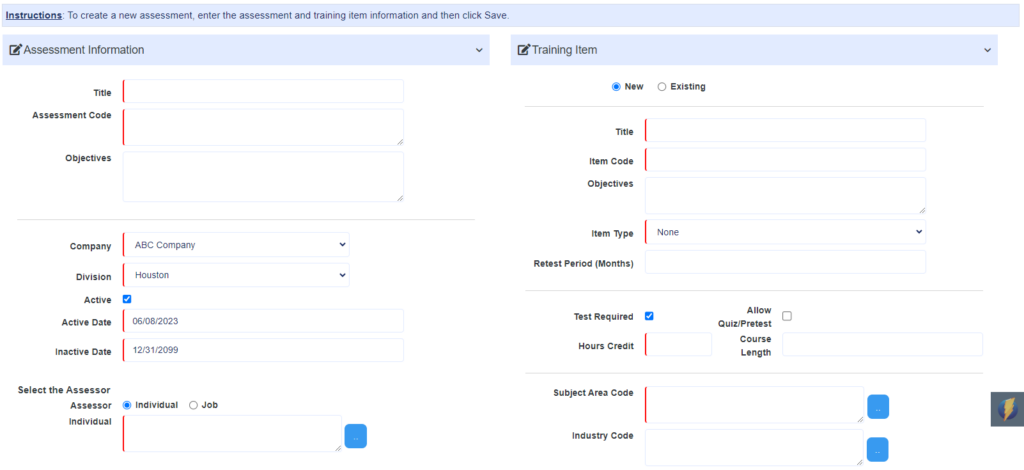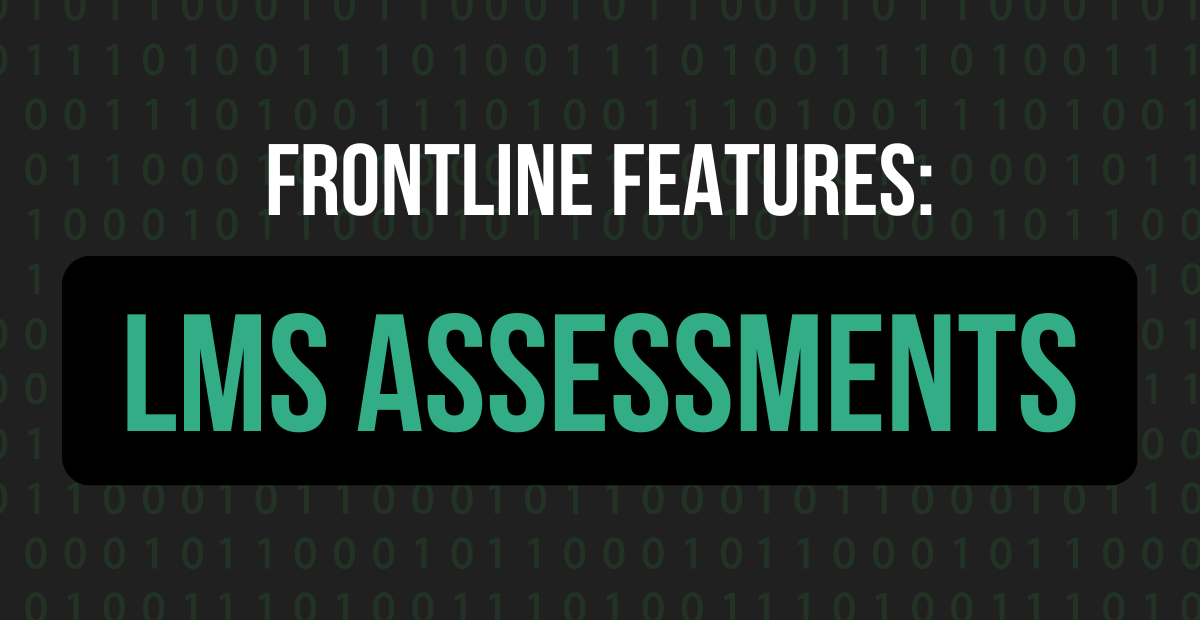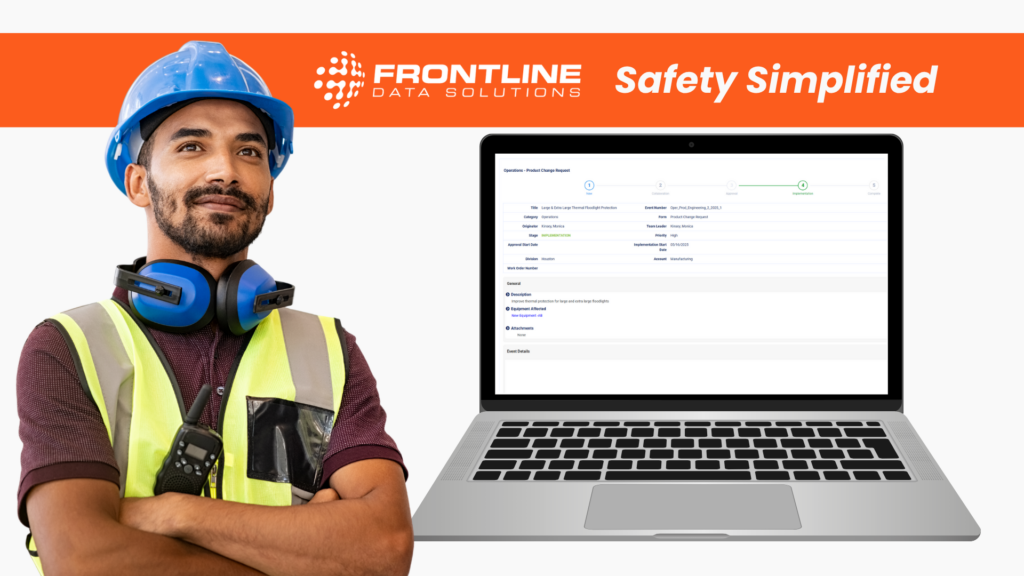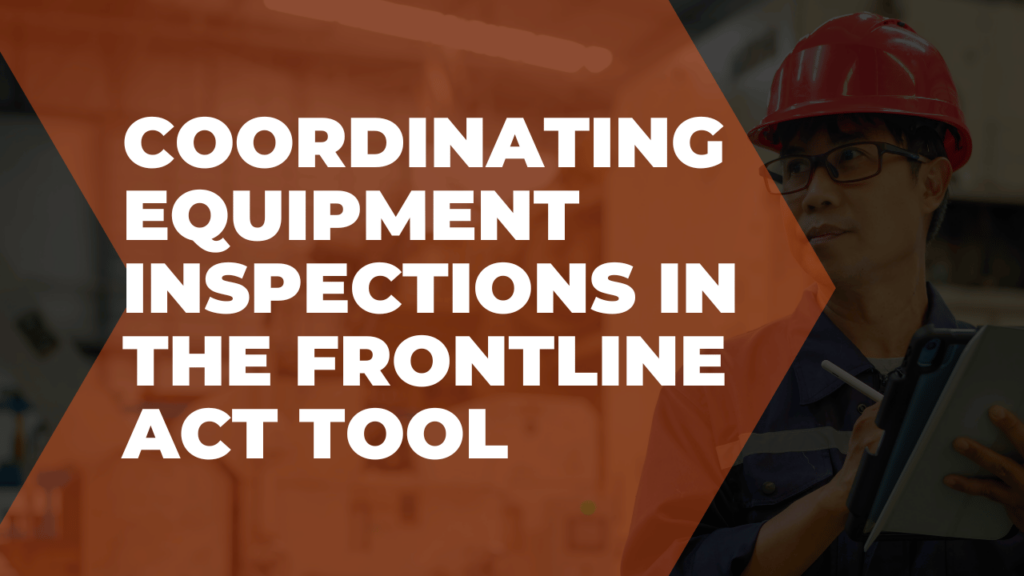Online training has completely transformed how businesses onboard and train their employees. With LMS software, like the kind we offer at Frontline, companies can assign users different training topics and track completion.
But what about topics like forklift operation, which require practical application and in-person evaluation? That’s what Frontline LMS assessments are for—evaluating proficiency in topics that can’t be taught solely online.
How do LMS assessments work?
If you have author permissions in Frontline LMS, you can create new assessments. This involves:
- Giving the assessment a title
- Scheduling an active/inactive date
- Stipulating which individual or role within the company is the “assessor”
- Choosing an associated training item that needs to be completed
Once you set up the assessment, you can assign it to users and begin evaluating their proficiency.

How are assessments different than tests?
Unlike tests, assessments require in-person evaluation by the assessor. This is to ensure that workers fully understand how to perform a potentially dangerous task in the safest way possible.
Assessments are very helpful for any training topic where one person’s lack of proficiency can create a major safety risk for other workers or themself. This includes topics like safe lifting or loading procedures, as well as anything involving the operation of heavy machinery.
What might you use this feature for?
A great example of when to use Frontline LMS assessments is if you have to train new operators how to drive PIT.
Obviously, new operators need fall protection training and some basic PIT classroom training. But you also want to test their practical skills before letting them drive around your facility.
To log that training in Frontline LMS, you could create an assessment titled “PIT Operation” that requires the assessor to evaluate things like:
- 5 points of contact
- Stopping and honking
- Turning
- Reversing
- Raising/lowering
With the assessment, you’re ensuring that the worker has been observed performing the task in accordance with your safety guidelines.




